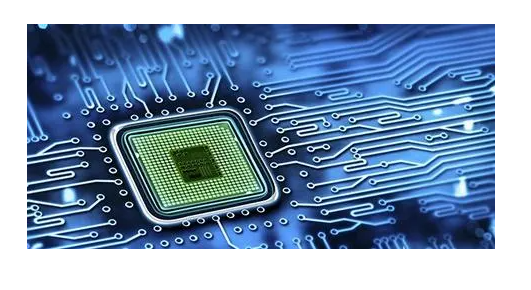Take you to understand the mysterious soft and hard combination board
1. Product definition
Rigid and flexible circuit boards are flexible circuit boards and rigid circuit boards, which are combined according to relevant process requirements after pressing and other processes to form a circuit board with FPC characteristics and PCB characteristics.
Second, the production process
The production of rigid-flex board should have both FPC production equipment and PCB production equipment.
First, the electronic engineer draws the circuit and shape of the flexible board according to the requirements;
Then, it is issued to the manufacturer, and the drawing file is processed by the CAM engineer;
Third, arrange the FPC required by the FPC production line, and the PCB required by the PCB production line;

Fourth, after the soft board and the hard board are produced, the FPC and PCB are seamlessly pressed by a pressing machine according to the requirements of the drawings and documents;
Fifth, through a series of detailed links, the rigid-flex board is finally made.
Note: Due to the mixed use of multiple materials and multiple production steps, the processing time of rigid-flex board is longer and the production cost is higher. Before shipment, a full inspection is generally required.
Three, advantages and disadvantages
Advantages: It has the characteristics of FPC and PCB at the same time, and can be used in products with special requirements. It is very helpful to save internal space of the product, reduce the volume of the finished product, and improve the performance of the product.
Disadvantages: There are many production processes, the production is difficult, and the yield rate is low, resulting in more expensive prices and longer production cycles.
Four, product use
1. Cameras, video cameras;
2. CD-ROM, DVD;
3. Hard drives, laptops;
4. Telephone, mobile phone;
5. Printers, fax machines;
6. Television;
7. Medical equipment;
8. Automotive electronics;
9. Aerospace and military products, etc.
Six: the difference between the soft and hard board and the patch-reinforced soft board
1. What is a reinforcing plate?
While the soft board is light, thin, and flexible, it also loses its rigidity; in order to increase the thickness and rigidity of the specified parts of the product, so as to facilitate the subsequent installation or assembly of the customer, it is necessary to paste a rigid piece at these positions Plate, that is, reinforcing plate.
The types of reinforcing plates are as follows:
(1) Stainless steel sheet (SS: Stainless Steel), some customers' drawings are marked as SUS, in fact, this is steel sheet reinforcement, SUS is a common type of steel sheet.
(2) Aluminum sheet (AL);
(3) FR4;
(4) Polyimide (PI);
(5) Polyester (PET).
2. The difference between the rigid-flex board and the patch-reinforced flexible board.
The same point: the structure of the two is that the soft board material and the hard board material are combined together through the glue layer;
The difference: the rigid-flex board has wiring on the hard board material, and the wiring on the soft board and the hard board are connected to each other through vias. As for the reinforced flexible board, there is generally no trace on the hard board material, even if it is a PAD. There is only a mechanical connection between the soft board and the hard board, and there is no electrical connection. Of course, some of the more special reinforcements have PADs or optical points, but these PADs are not electrically connected to the wiring on the flexible board; the price is still much lower than the rigid-flex board.